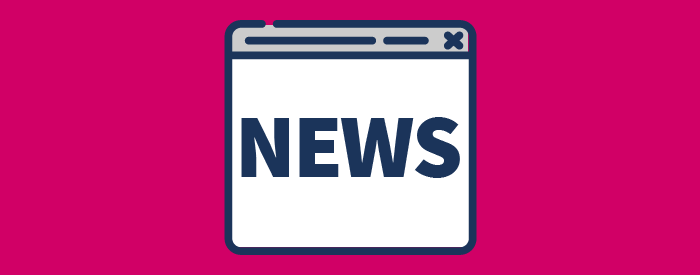The Importance of Location Visibility
This article appeared in the Spring 2023 Issue of City Security Magazine.
The dynamics of the security industry have changed drastically in the past decades. In this article, learn how critical it is to know the location of frontline guards and the status of their patrols to deliver services effectively, efficiently and safely.
Responding to changing demands in the security industry
The security industry has changed over the past few decades. Public safety is a growing concern, as Statista, a leading provider of market and consumer data, estimates increases of overall crime in the UK.
On top of monitoring physical locations as well as physical data protection, security officers’ roles have changed in recent years in response to the global pandemic, including tasks like visitor health screening at public job sites.
Demand for security officers has increased, while labour participation remains low, leaving contracts understaffed and at risk.
Clients are demanding more and more proof of service on shift assignments to ensure their locations are protected under the full SLAs of a contract.
A critical answering component to all of these changes is a security company’s ability to know where their frontline officers are at all times so that security services are delivered effectively, efficiently and safely.
Location visibility impacts guard safety
It’s the nature of many guarding patrols to operate in small-team or lone-worker conditions. While this fulfils the needs of many contracts, it presents risk for a guards’ personal safety.
In the event of an emergency, the ability to quickly and accurately determine the location of security personnel is critical to minimising safety risk to both employees and the public.
Using real-time data, supervisors can monitor the progress of a route, be notified if the security guard signals for duress, and receive instant notifications of an incident’s path towards resolution. Often, this type of reporting can also be configured to include other stakeholders, including company leadership or client contacts, so all necessary parties remain informed of what’s happening at a job site. That way if further action is required to ensure public safety, whether brought on by human violence or attack, or natural disaster, it can be taken immediately.
Location visibility impacts accuracy
One of the biggest challenges of managing a dispersed workforce is knowing – and being able to prove – the whereabouts of your guards at any given time.
Mobile technology has evolved in such a way, guards can now be tracked during working hours using GPS-enabled systems, without impeding on privacy. This kind of technology can ensure that guards are only able to book onto a shift once they are onsite and a geo-fence or other tracking system can capture their location via their mobile device. Using this information as verifiable data, the guards’ activities can then be accurately passed to accounting for payroll processing. Meanwhile, supervisors can use patrol details to verify the accuracy and quality of services performed during a patrol.
You may also use this kind of technology to support more conventional processes around your workforce operations, like conventional scheduling reports. For example, live maps with drill down capabilities can supply a visual representation of guards on site based on a number of criteria – audits, tasks, issues, exceptions, users and zones to name a few.
Location visibility impacts contract satisfaction
The ability to provide proof of service is critical to maintaining client trust, especially as we face economic uncertainty that may cause some clients to rethink contracts to preserve expenses.
Using data gained from location visibility, security providers can supply irrefutable evidence of the location and activities of security personnel. Companies can also use this data to monitor the performance of their employees and to make sure they’re delivering on the obligations of the contract. In the event that a contract is not being fulfilled, the security provider can quickly identify and address the issue.
Underpinning the importance of locational awareness
The importance of knowing where your security workforce is cannot be overstated. As the nature of the industry continues to evolve, it is important to ensure that your workforce is working effectively, efficiently and safely in order to improve the quality of services you provide to your clients.
